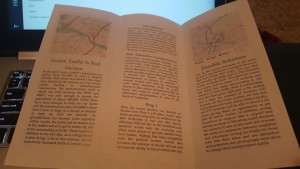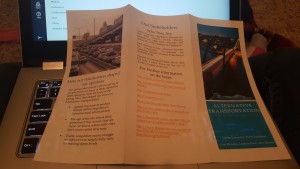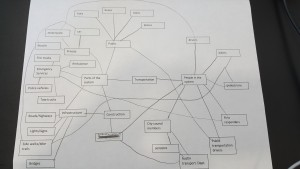I think the presentation turned out really well! We all worked together on the PowerPoint and brochure to get all the views and interviews incorporated that we could. I learned about just how rapidly the city’s population has grown in recent years, as well as some history around why the infrastructure is set up the way it is. I also learned just how important the willingness to promote change is to actual production of change, and that the lack of this willingness is what has really set the city back from creating a better, safer transportation system. Learning about this topic brought up further questions such as why haven’t people been more focused on alternative transportation options, what the cost is for some options like a trolley system or making a bus stop at The Hancock Center, and how could citizens make sure that our representatives listen to our ideas more in the future? I think that this Wicked Problem has a lot of depths to it that make it truly wicked, and that if people became more involved in the actions of the city council then perhaps there would be more change implementations or thought-provoking ideas discussed. As a student, it’s hard to say that I could be a part of this change, but if many other students like me felt similarly and we could all try to produce change, then perhaps something will actually come of it.



Recent Comments